Safety for Dummies - Honda Braces for an Impact You Hope Never Comes

Overwhelming geek that I am, I’m often reminded of The Simpsons in odd situations, mostly as the show’s been on so long, it can’t help but have covered a circumstance ad nauseum. In the car-centric season four episode “Mr. Plow,” the family heads to an auto show, where a suspiciously named automaker shows a slow-motion video of a crash test while Lisa watches. Disconcertingly, one of the dummies starts to crawl away from the scene of the crash, at which point the OEM rep shuts down the exhibit.
I did recently get the chance to watch a controlled car crash at Honda’s research facility. Just as important as seeing how the car handles the stresses of the impact is measuring how a human occupant reacts. Honda has a massive family of dummies, all ready to sacrifice themselves for the real people of the world.
Disclaimer: Honda brought journalists to the Columbus area and fed us two meals. As your author lives in Columbus, no hotel stay was needed.
No matter what The Simpsons would like you to think, automakers don’t use live humans in crash testing. How, then, can we be certain that the dummies indeed react like bags of flesh and bone? Honda turns to a climate-controlled lab deep within the bowels of the Research and Development center to constantly test the dummies for biofidelity, ensuring each of the scores of sensors strategically placed within each will accurately record impact.
It’s not just the average-sized male, either. While the typical dummy used for frontal impact testing is the AM50 – adult male, fiftieth percentile size – there are options scaling up or down from there to ensure all possible occupants are protected. From infant and child dummies of 12 months, three years, six years, and ten years, to adult dummies AF5 (adult female, fifth percentile) and AM95 (male, 95th – basically your author with less facial hair), these dummies have seen it all. Further, specialized dummies for side impact or rear whiplash are available in the lab.
This dummy looks a bit different than the rest, and it has a name – THOR. Sadly not named after the god of thunder, THOR is short for Test Human of Occupant Restraint. And rather than wielding a hammer, THOR is equipped with more than double the number of data channels (130 to 64) found on the customary Hybrid III dummy typically used. More data channels equate to more data and greater biofidelity. THOR, unsurprisingly, isn’t cheap – somewhere around $750,000 US. Thus far, however, THOR isn’t the industry or regulatory standard for crash testing, so the well-known Hybrid III remains the dominant dummy in the lab.
Brian Bautsch, manager and principal engineer for crash safety at Honda R&D, has a degree in biomedical engineering – in other words, the ideal education to become a dummy doctor. Here, Bautsch and his team sling a massive weight into the chest of a dummy to ensure that it is calibrated to react accurately to an impact.
Adam Mihm, senior engineer for pedestrian protection, notes that 18 percent of all deaths on American roadways ( 6760 tota l) in 2017 occurred outside the vehicle – either pedestrians or cyclist. No matter the reason for the crash, automakers are working to minimize the damage caused to those not surrounded by two tons of steel. Here, by firing a model of a leg at the bumper of a Passport at 40 km/h (25 mph), engineers can measure the bending of the tibia and the elongation of four ligaments in the knee. Apologies for the reflection – Honda didn’t trust us barely-sentient dummies to not get hurt, so all of the tests were behind glass.
More weird reflections here, where a 2.5 kg (5.5 lb) ball sized like a child’s head is fired at the hood. Ever notice how most modern cars have a much taller hood than in decades past? Pedestrian impact protection is the reason, as space is needed between the hood and anything hard beneath – like the engine – to dissipate the energy of impact.
At the end of our day at Honda R&D, the masochists in the crowd were treated to a display that has to pain the hard-working engineers.
Two hundred and twenty-five times a year – roughly once each working day – a car is flung toward a 90 metric ton impact barrier that can rotate 360 degrees to measure any possible collision. Today, a 2019 Civic coupe (in the best color, Tonic Yellow) is hurtled down a long tunnel at 64 km/h (40 mph) to test small overlap, front driver-side crash performance.
The impact area is lined with cameras – including underneath – and 13.6 million lumens of light to make sure the high-speed cameras capture everything.
No engineers or overfed journalists were harmed. Again, we were behind glass.
In this 64 km/h impact, that 90 ton barrier moves less than a millimeter.
After the crash, engineers swept the area of any shards of metal or glass, and we were permitted to come closer to see how the energy of the frontal overlap impact was spread throughout the car. The side-impact airbags were cut and tucked away so we could see the dummy – visibly shaken, but apparently unharmed.
That’s how we all were, really – visibly shaken by the violence of the impact. It’s a daily occurrence for engineers at Honda and across the industry, of course, working to keep us dummies alive.
[Images: © 2019 Chris Tonn, crash video courtesy Honda]

Some enthusiasts say they were born with gasoline in their veins. Chris Tonn, on the other hand, had rust flakes in his eyes nearly since birth. Living in salty Ohio and being hopelessly addicted to vintage British and Japanese steel will do that to you. His work has appeared in eBay Motors, Hagerty, The Truth About Cars, Reader's Digest, AutoGuide, Family Handyman, and Jalopnik. He is a member of the Midwest Automotive Media Association, and he's currently looking for the safety glasses he just set down somewhere.
More by Chris Tonn
Latest Car Reviews
Read moreLatest Product Reviews
Read moreRecent Comments
- EBFlex With the days supply of inventory Stellantis may welcome a strike
- Bd2 Oh, the emptiness overfills this citySo you'll be queen tonightAs you overthrow, looking pale and pretty
- Daniel J I generally love colors outside of the normal white, black, or silver. The biggest issue we've had is Mazda tends not to put the colors we want with the trim or interior we want.
- Daniel J If you believe what Elon says, he said on X that the plan is expand at current locations and make sure that the current chargers are being maintained. Like I said on the previous thread on this, they probably looked at the numbers and realized that new chargers in new places aren't cost effective.
- Daniel J How is this different than a fully lifted truck? I see trucks rolling off the lot with the back lifted already, and then folks get the front lifted to match. Are there specific "metrics" at how high they can and can't be? The example shown has the truck's front lifted more than normal, but I've seen these around here where the backend is dropped and the front end is at a regular height.



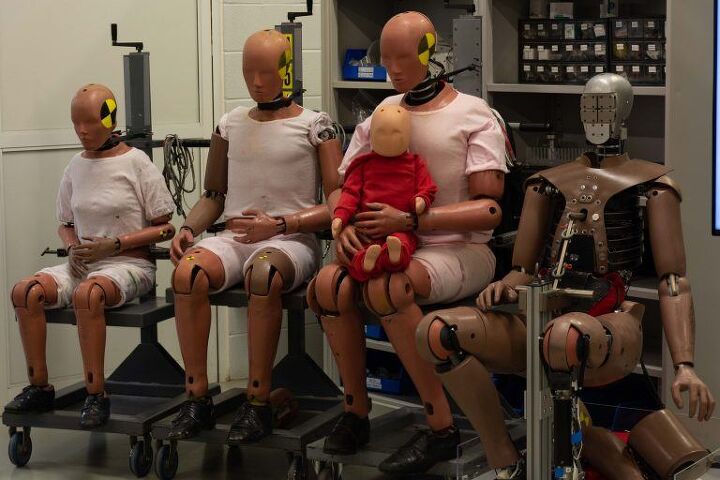


































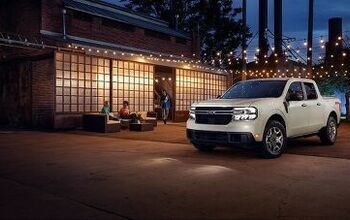
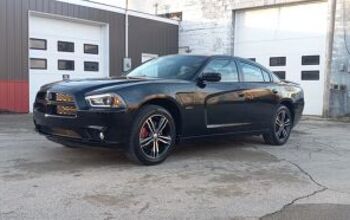
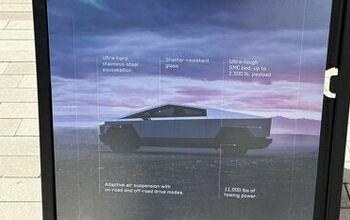
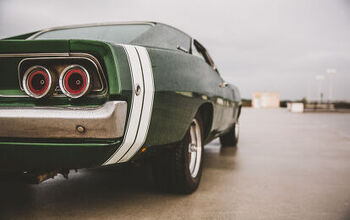
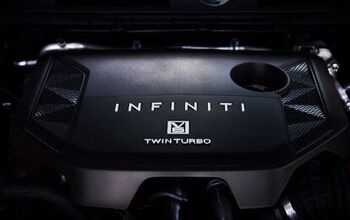
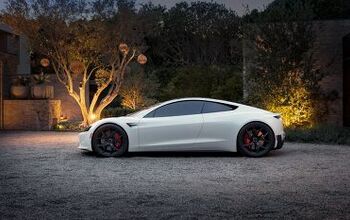
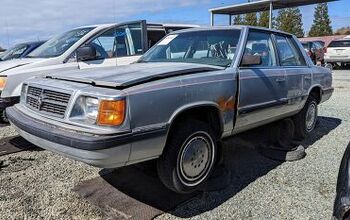
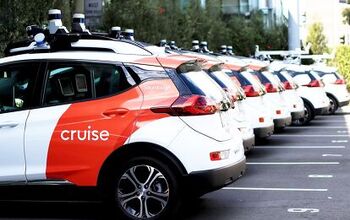
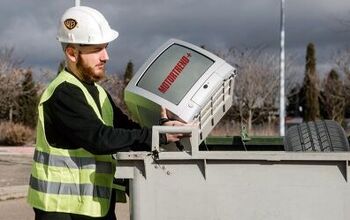
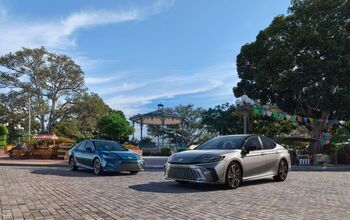

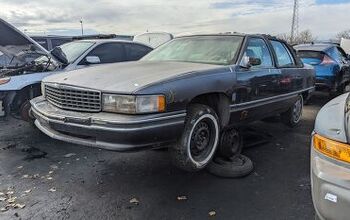
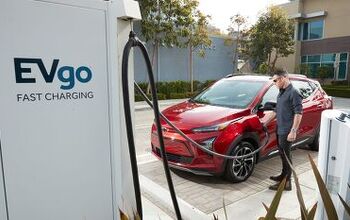

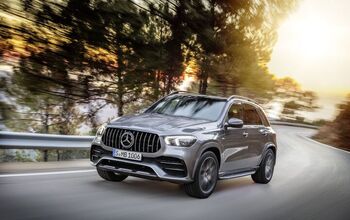
Comments
Join the conversation
I can't see myself getting a Civic Coupe. It just doesn't communicate the right things, for me. But if I *were* to get a Civic Coupe, I would totally choose Tonic Yellow. It looks like it held up impressively in the small overlap, too. Meanwhile... Volvo, for the past ten years or so, has been engineering its cars so that in a small-overlap collision, they sheer off the wheel on that side, allowing the rest of car to slide past the barrier while the sacrificed wheel dissipates crash energy. Other cars push the wheel rearward, toward the cabin, which "hooks" the car on the object of impact and causes that sudden deceleration that's so injurious. Why is no one else able or willing to replicate Volvo's strategy?
Slightly off topic, but I saw a show on TV this weekend where a group was trying to design air bags for skiers (sort of a vest). The problem was that they would have to inflate before the fall, and how could the airbag tell if the skier was just doing a flip in the air or really falling?